October 15, 2020
Rope Fenders
One way to make old line into something useful again! A tutorial inspired by Hervey Garrett Smith
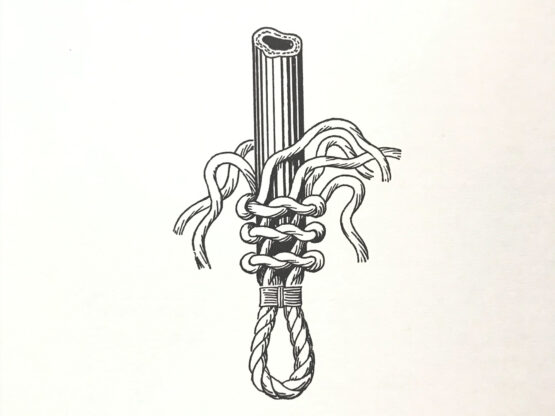
Before there were plastic inflatable fenders, sailors used to make fenders out of old tired pieces of rope. It was a great way to re-use old material that wasn't good for much else and keep your boat from getting banged up on the dock at the same time! Traditionally these were also filled with old pieces of rope (as you will see in the tutorial video at the end) but in our case we used a piece of pool noodle for the core. It may not be very traditional, but it does dry out nicely.
This method comes from Hervey Garrett Smith's wonderful book on marlinspike seamanship, The Marlinspike Sailor. We have to warn you: this is not the easiest method for making these darn things. Though the basic structure is simple enough, we found Smith to be ABSOLUTELY right when he says "to be candid, shortly after you start the fender you imagine yourself wrestling with an ambidextrous octopus, and before you are finished you sort of wish you WERE an octopus." We definitely felt these things. At some point we'll post a second tutorial for a method that we think is a bit simpler, and may produce a more satisfying result for you. However, if you're feeling very patient on a rainy day soon and you've got some time on your hands, give this method a shot and let us know how it goes! Maybe you'll get neater results than we did.
Supplies:
- - about 18' of 3/4" diameter three strand rope
- - seine twine for the seizing
- - extra rope, pool noodle or length of hose for core
- - scissors
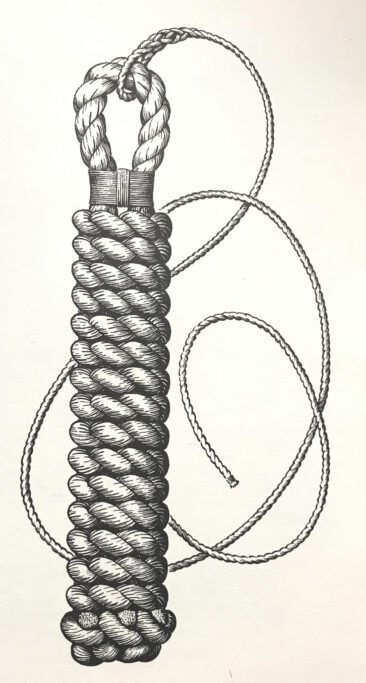
Instructions:
Step 3: seize an eye in the end - check out our tutorial from a few weeks ago if you need instructions!
As with all our At Home Activities we would love to hear what you thought of this project! Did you find it as time consuming as we did? Is yours as terribly lumpy as ours is? And as always, you can share your photos with us by emailing us at [email protected], posting on our Facebook page or tagging us on Instagram @herreshoff #HerreshoffFromHome.

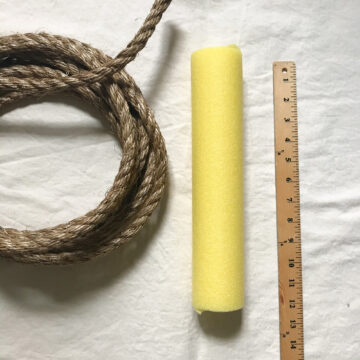
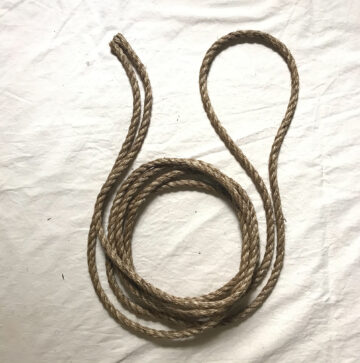
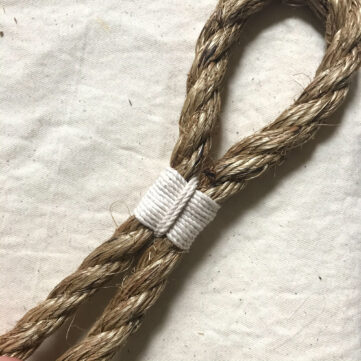

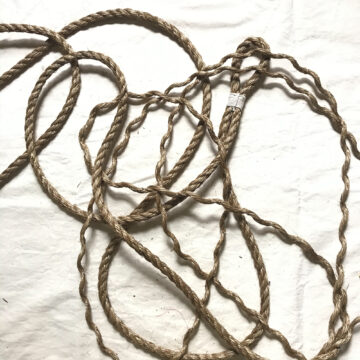
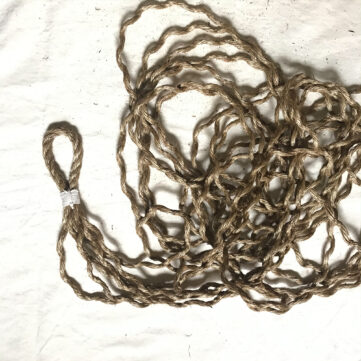
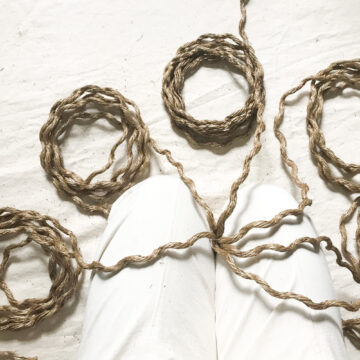
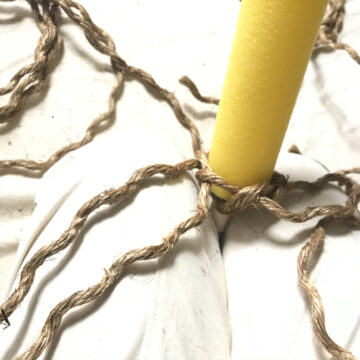

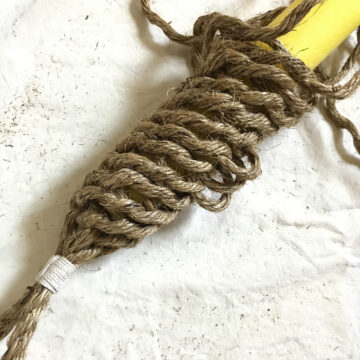
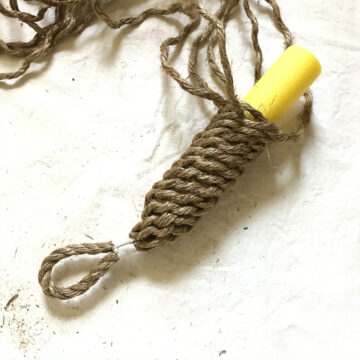

thanks for sharing this useful information about rope fender
Very interesting
Nice work send more rope work
I combined your technique with the one in the video.
Lash the eye at the midpoint.
Pass both ends through the foam centerhole, leaving the lashing just above the foam.
Place a small 3″ dowel under the lashing, against the top of the foam, to keep the eye from pulling through.
Unwind both ends up to the foam.
Weave the six strands up the foam to the top. Remove dowel. Pull final weaving tight to hide the lashing.
Bury ends beneath diagonal weaves. Trim ends and bury them.
Info is much appreciated.
Just purchased 2 books seeking fender work(encyclopedia of knots and ropework & marlinspike sailor) neither useful for fender making.
T